DIAGNOSTIC RESPONSE:
May inhibit retarder operation if not using J1939 datalink
CIRCUIT DESCRIPTION:
The TCM may be calibrated to receive a Retarder Modulation Request (RMR) signal from a retarder request sensor, sometimes called a resistance module or RMR device.
NOTE: A TCM calibration with the retarder feature can be specified to:
1. Only receive an analog RMR on W156.
2. Only receive the RMR message on SAE J1939.
3. Receive both an analog RMR signal and a SAE J1939 RMR message.
The TCM is connected to the retarder request sensor by:
1. A 5V reference voltage (W112),
2. Retarder request signal (W156), and
3. Analog ground (W158).
The TCM provides a 5V reference voltage to the retarder request sensor. A voltage divider network in the sensor produces a retarder request signal in response to inputs from the retarder control device(s). The TCM interprets this signal as a percent retarder requested.
CONDITIONS FOR RUNNING THE DTC:
1. Retarder and analog RMR source must be enabled in calibration.
2. Retarder must be autodetected or CMC Override Retarder Autodetect must be programmed to ‘Present’.
3. After TCM initializes normally and engine speed is above 200 rpm, this DTC test will run at 0.25 second intervals.
4. DTC not active.
CONDITIONS FOR SETTING THE DTC:
DTC C1313 sets if the TCM is calibrated to receive the retarder request signal, and the signal voltage is more than 4.7V for five seconds.
ACTION TAKEN WHEN THE DTC SETS:
When DTC C1313 is active, the following conditions occur:
1. The TCM does not illuminate the CHECK TRANS light.
2. DTC is stored in TCM history.
3. TCM will inhibit retarder operation if not using datalink for RMR message.
CONDITIONS FOR CLEARING THE DTC/CHECK TRANS LIGHT:
Use the diagnostic tool to clear the DTC from the TCM history. The TCM automatically clears the DTC from the TCM history if the vehicle completes 40 warm-up cycles without failure.
DIAGNOSTIC AIDS:
DTC C1313 indicates the TCM has detected a voltage signal from the retarder request sensor in the high error zone and may be caused by the following:
1. A short to battery in W112 or W156 circuits.
NOTE: Shorts to battery in W112 or opens in W158 typically will log other sensor failed high DTCs that are using W112 (5V) and W158 (GND), such as the Oil Level Sensor (OLS), Electronic Brake System (EBS) pressure sensor, or analog Throttle Position Sensor (TPS). Shorts to battery in W156 (RMR analog signal) only causes DTC C1313.
2. Open in W158.
3. Non-retarder application has autodetected retarder with a short to battery condition or had the CMC Override Retarder Autodetect set to ‘Present’ with a short to battery condition.
4. Short to battery for RMR module or circuit.
5. Defective sensor sharing 5V supply shorted to battery.
6. 5V wire shorted to battery in transmission internal harness.
7. Broken or defective connector assemblies allowing pushed back pins to short together.
8. Unlocked connectors, missing seal plugs allowing moisture in connectors.
9. TCM issue.
Review applicable information in Control System and Transmission Specifications to find additional circuit specifications, system and connector diagrams, and troubleshooting tips.


 AGCO
AGCO ALLISON
ALLISON BENDIX
BENDIX BOBCAT
BOBCAT CAT
CAT CLAAS
CLAAS CNH
CNH DAF
DAF DETROIT
DETROIT EATON
EATON FREIGHTLINER
FREIGHTLINER HINO
HINO HITACHI
HITACHI ISUZU
ISUZU JCB
JCB JOHN DEERE
JOHN DEERE JPRO
JPRO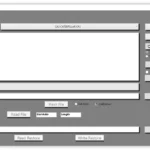 MAGIC TUNER
MAGIC TUNER MAN
MAN Navistar
Navistar PACCAR
PACCAR PERKINS
PERKINS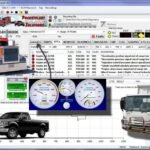 PF DIAGNOSE
PF DIAGNOSE PSI POWERLINK
PSI POWERLINK RENAULT
RENAULT SCANIA
SCANIA THERMO KING
THERMO KING UD NISSAN
UD NISSAN VOLVO
VOLVO WABCO
WABCO ZF TESTMAN
ZF TESTMAN
 BELL
BELL BENDIX
BENDIX BOBCAT
BOBCAT CARRIE
CARRIE DAF
DAF DETROIT
DETROIT EATON
EATON FUSO
FUSO MACK
MACK
 Cumminz
Cumminz ISB4.5 CM2150
ISB4.5 CM2150 All Engines (2017 Emissions)
All Engines (2017 Emissions) PACCAR
PACCAR

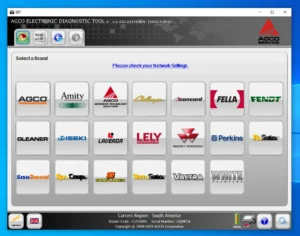

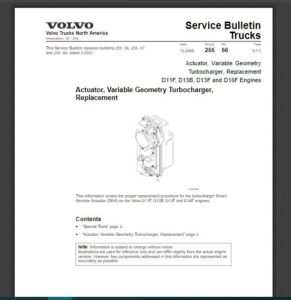
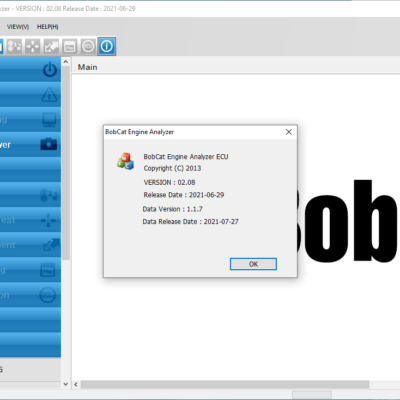
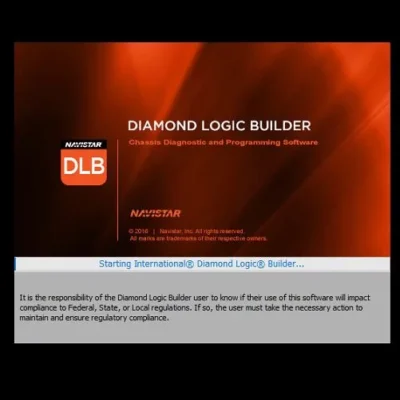


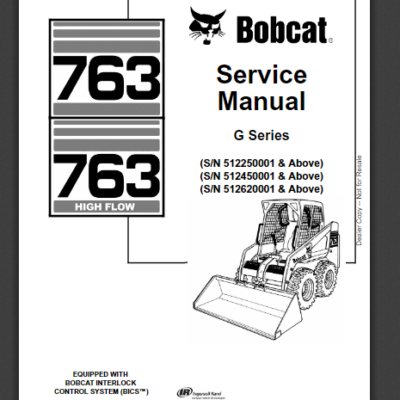
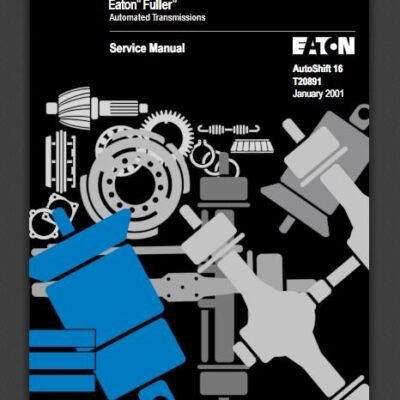
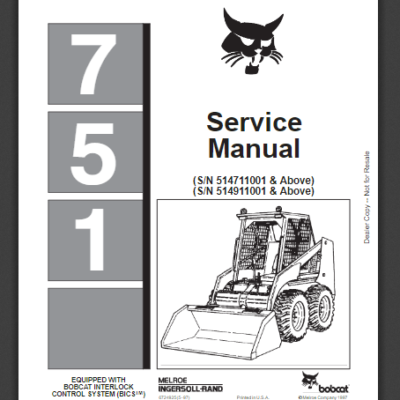
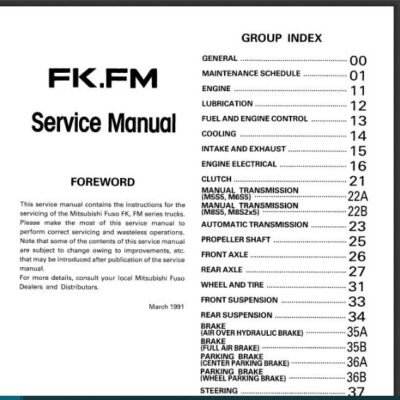
![JCB Service Master 4 Diagnostic Software is a powerful tool for professionals in the automotive and heavy machinery industry. With its easy-to-use interface, it provides a wide range of diagnostic and calibration functions for JCB machinery and engines. From construction to agricultural equipment, this software supports various JCB models, ensuring optimal performance and safety. It also offers programming capabilities and a language editing tool. Maximize your diagnostic efficiency and reliability with JCB Service Master 4 v21.4.2 [05.2021] from ecmtrucks.com.](https://ecmtrucks.com/wp-content/uploads/2024/01/JCB-servicemaster-4-400x400.webp)


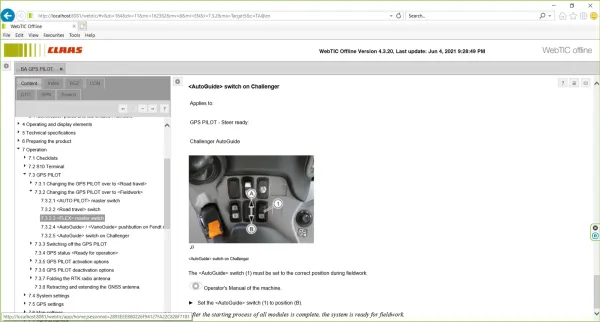
Reviews
Clear filtersThere are no reviews yet.